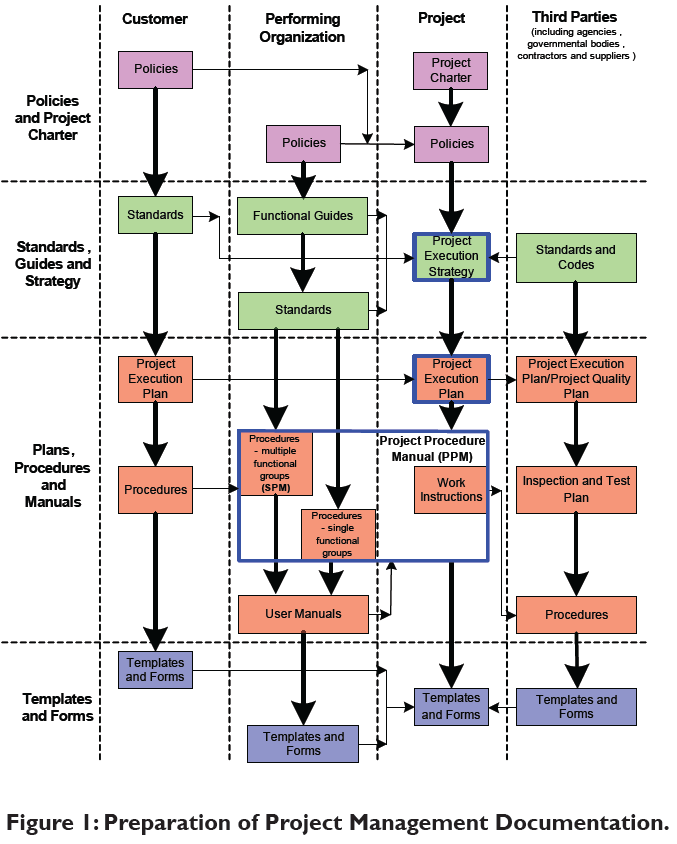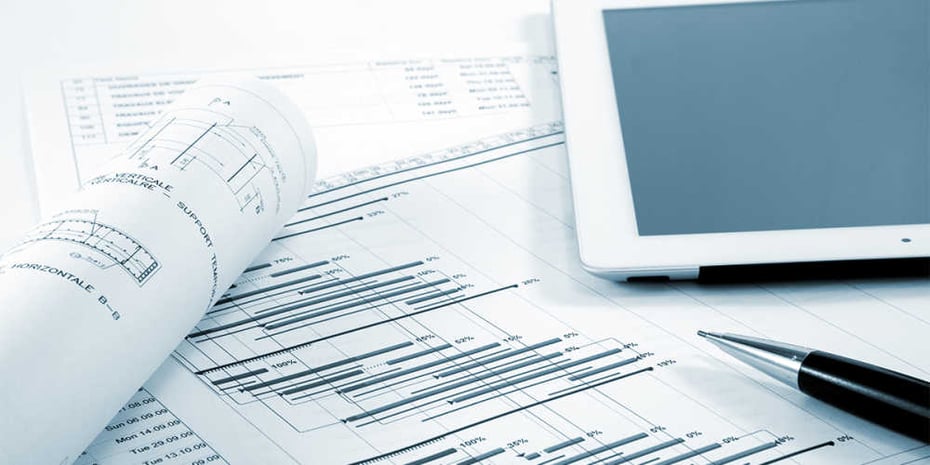Building Better Projects: The Function of Construction Document Management in Success
Wiki Article
Enhancing Process Efficiency: Engineer's Expert Techniques for Construction Record Administration
In the realm of building design and building and construction, the careful administration of documents stands as a foundation for job success. Engineers utilize numerous methods to enhance process efficiency and enhance construction file management procedures. From adept company techniques to the combination of collective systems and the execution of secure data management solutions, designers browse an intricate landscape of methods and devices. Among this intricacy, a pick few specialist strategies have emerged as indispensable in maximizing operations effectiveness. These methods not just make certain smooth task progression yet also hold the essential to unlocking enhanced productivity and accuracy in the detailed world of construction file monitoring.Trick Paper Organization Techniques
When managing building documents, one of the key methods that designers use is establishing a effective and methodical organization system. This system commonly includes classifying records based upon their type, such as illustrations, specs, contracts, and permits. By producing unique and clear categories, engineers can rapidly find particular details when needed, conserving time and decreasing errors in the building process.Within each category, engineers further organize files by producing subfolders or using numbering systems to signify variations or alterations (construction document management). This ordered structure guarantees that one of the most current and pertinent info is conveniently obtainable while maintaining a document of modifications made throughout the project timeline
In addition, architects frequently utilize electronic file administration platforms that use features like keyword search features, variation control, and accessibility restrictions to boost company and collaboration among task stakeholders. These devices enhance the document retrieval process, promote real-time updates, and promote smooth interaction, eventually adding to the general success of the building and construction project.
Collaborative Platform Combination
To enhance file administration efficiency in building and construction projects, engineers flawlessly integrate joint systems to enhance communication and enhance sychronisation amongst task stakeholders. By leveraging collaborative platforms such as project monitoring software program, cloud-based storage systems, and interaction tools, designers can develop a centralized hub for all project-related files and communication channels. These platforms enable employee to gain access to, evaluation, and work together on papers in real-time, decreasing hold-ups and the threat of errors associated with traditional file monitoring approaches.Joint system integration additionally promotes transparency and accountability within the project group, as all stakeholders have presence into the most recent project updates and alterations. By systematizing interaction and paper sharing, designers can guarantee that all staff member are functioning from the most updated information, decreasing the chances of misconceptions or problems occurring because of out-of-date records.
Moreover, collaborative systems enable seamless cooperation between designers, contractors, customers, and various other job stakeholders, promoting a more reliable and cohesive task process. By breaking down communication obstacles and assisting in information exchange, architects can drive performance and development in building and construction tasks, ultimately resulting in successful task results.
Variation Control Finest Practices
Carrying out reliable variation control techniques is vital for maintaining record precision and uniformity in building and construction jobs. By developing a clear system for taking care of modifications, project groups can make sure you could look here that every person is functioning from the most current documentation, minimizing the risk of errors and inconsistencies during the building stage.Among the key ideal practices for variation control is to assign distinct identifiers to each paper version. This can be accomplished by utilizing a numbering system or day stamp that clearly indicates the order of revisions. By plainly identifying each iteration, employee can easily track the progression of the file and recognize one of the most current variation.

Automation Devices for Efficiency

File control software program, like Procore or PlanGrid, centralizes task paperwork, making it conveniently obtainable to all stakeholders. These platforms enable real-time cooperation, version control, and automated backups, guarding versus information loss. In Addition, Structure Details Modeling (BIM) software automates the generation of building and construction illustrations and ensures that adjustments are integrated throughout all related files.
Incorporating automation devices with cloud storage solutions additionally improves access and security. By automating the record monitoring procedure, job teams can focus their effort and time on value-adding activities, inevitably enhancing performance and job end results.
Secure Data Administration Solutions
Properly safeguarding and taking care of task information is critical in the building and construction market to ensure privacy and honesty throughout the project lifecycle. Secure data management solutions play an essential function in protecting sensitive details from unapproved access or violations. Architectural firms can utilize encrypted cloud storage space services to securely store and share project documents with authorized workers. Carrying out access controls, such as user verification and permission settings, guarantees that only accredited people can see or modify sensitive information.Moreover, making use of electronic rights management (DRM) tools includes an additional layer of safety and security by preventing the unauthorized distribution or duplication of job papers. Normal information back-ups are vital to mitigate the danger of data loss because of unpredicted circumstances like hardware failures or cyber-attacks. Collaborative systems with built-in safety and security attributes make it possible for seamless interaction and data sharing amongst task staff member while preserving data integrity.
Conclusion
To conclude, implementing vital record company strategies, integrating joint platforms, exercising version control ideal techniques, view it making use of automation tools, and taking on safe and secure information management services are necessary approaches for boosting process effectiveness in building and construction file monitoring. These professional approaches can improve procedures, boost communication, make certain accuracy, and maintain information safety and security throughout the construction job lifecycle.In the world of architectural style and building and construction, the precise monitoring of files stands as a cornerstone for task success. These techniques not only make certain smooth task development however also hold the crucial to opening enhanced performance and accuracy in the elaborate realm of building paper management.
To optimize record monitoring effectiveness in construction projects, architects effortlessly integrate collaborative systems you could try this out to improve communication and simplify coordination amongst task stakeholders. These platforms allow team participants to access, evaluation, and team up on papers in real-time, lowering hold-ups and the risk of mistakes associated with standard paper management techniques.
Making use of automation devices in construction document administration considerably improves efficiency and streamlines procedures for job teams. construction document management.
Report this wiki page